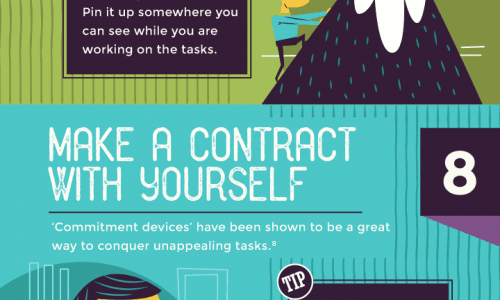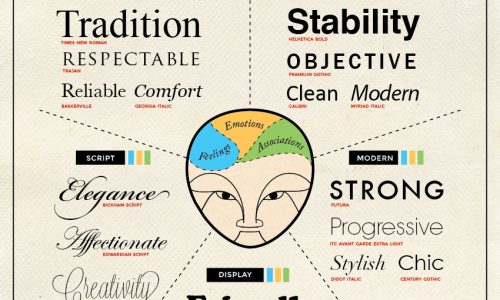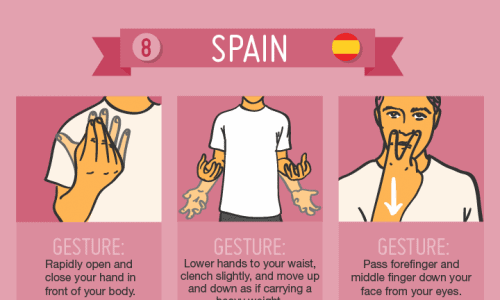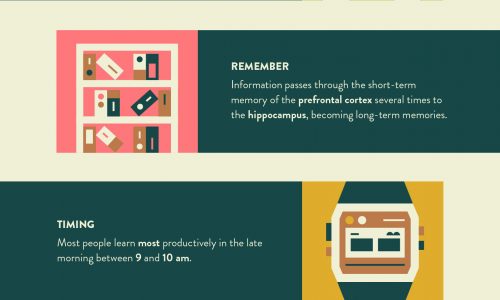
Nobody likes to be on the receiving end of a lie, but according to this infographic, lying is a part of everyday life with children learning to lie before they are even three years old. There is some evidence that says the more intelligent the child, the more likely they are to tell lies. So, why do people lie? The reasons are many and varied. Some people lie to avoid embarrassment, and others may lie to avoid hurting others. Still, more will lie to boost their egos by convincing others that they have desirable traits. Lies are also a protective mechanism. People often lie to protect themselves and others.
Good parents teach their children honesty. The problem with lying is that self-serving lies will grow in number and proportion. The more you feed your lies the more they will grow.
Unfortunately, it seems we’re really bad at detecting lies. The clues are subtle and they vary from person to person. We are not much better at telling a lie from the truth than a toss of a coin, with only around 50% of lies detected.
The signs must be there, though Linguistic Enquiry and Word Count (a computer system) can pick out a liar with 67% accuracy. It does this by looking for verbal cues that include the use of pronouns, exclusionary phrases, and negative words.
Both men and women lie, but for different reasons. Women will lie to make others feel better and men lie to impress others. Most lies are harmless and told with the best of intentions, but if you’re into telling whoppers, consider this: lying is actually bad for your health. Most likely because it’s stressful, lying can actually have a negative impact on your mental and physical health.




